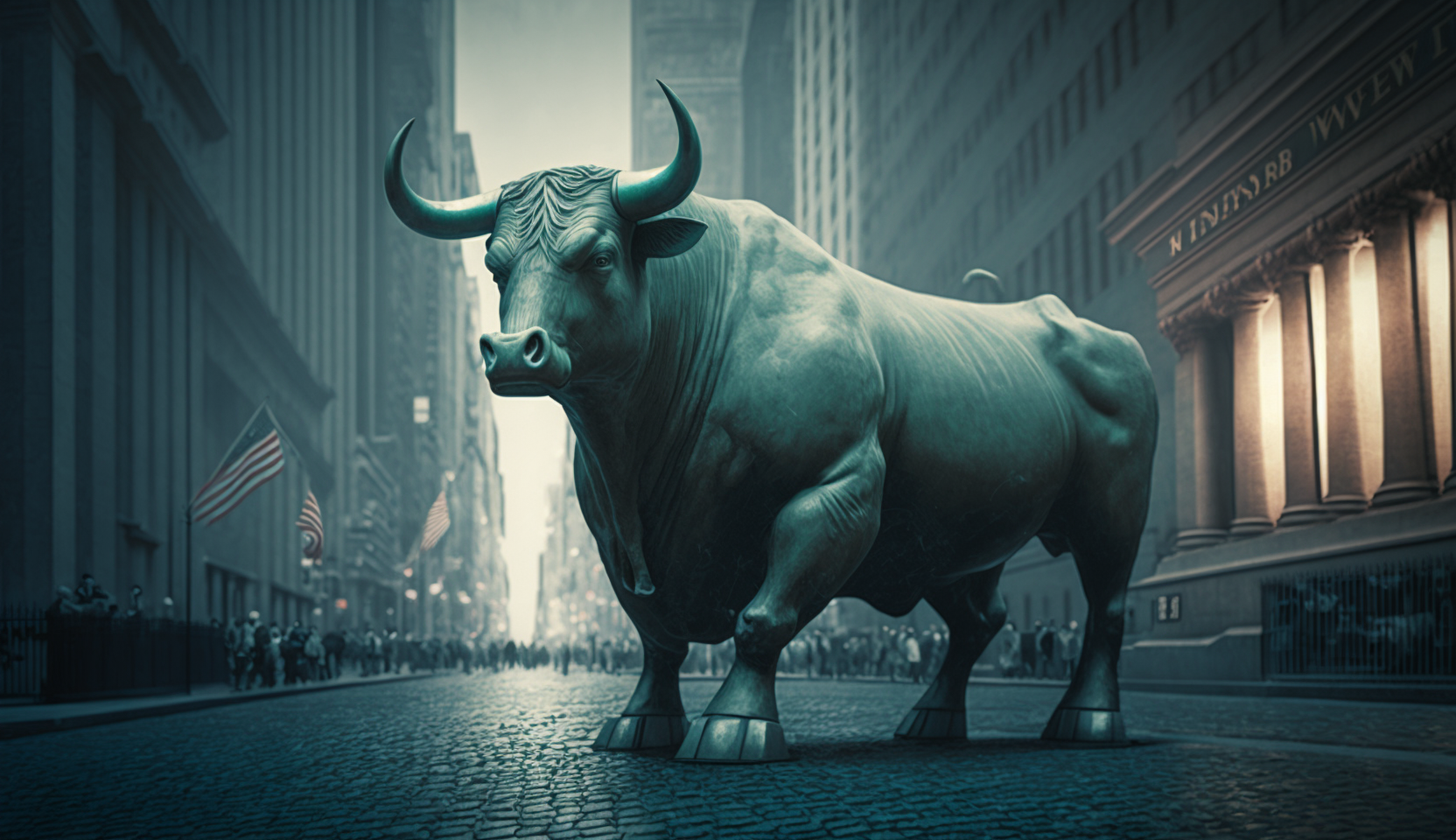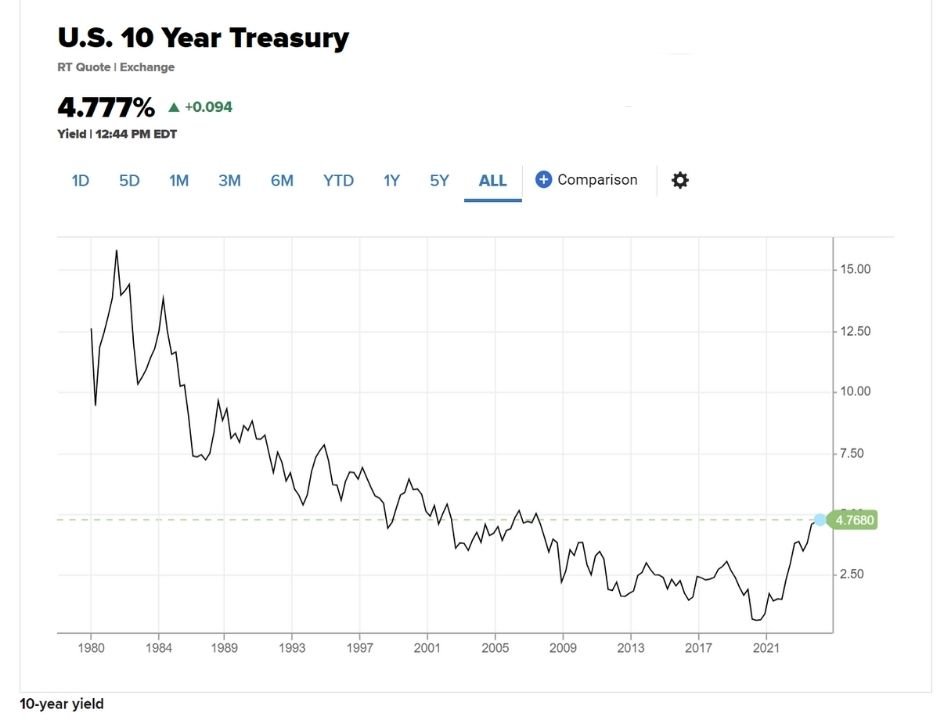After a tumultuous year marked by soaring inflation, rising interest rates, and economic uncertainty, the stock markets are finally beginning to show signs of recovery. The recent surge in the Russell 2000, a small-cap index, is a particularly encouraging sign, indicating that investors are regaining confidence and seeking out growth opportunities. This positive momentum is fueled by several factors, including signs of inflation subsiding, the likelihood of no further rate hikes from the Federal Reserve, and renewed interest in small-cap companies.
Inflation Under Control
The primary driver of the market’s recent rally is the easing of inflationary pressures. After reaching a 40-year high in June, inflation has been steadily declining, with the latest Consumer Price Index (CPI) report showing a year-over-year increase of 6.2%. This moderation in inflation is a welcome relief for investors and consumers alike, as it reduces the burden on household budgets and businesses’ operating costs.
No More Rate Hikes on the Horizon
In response to the surge in inflation, the Federal Reserve embarked on an aggressive monetary tightening campaign, raising interest rates at an unprecedented pace. These rate hikes were necessary to curb inflation but also had a dampening effect on economic growth and put downward pressure on stock prices. However, with inflation now on a downward trajectory, the Fed is expected to slow down its rate-hiking cycle. This prospect is positive for the stock market, as it reduces the uncertainty surrounding future interest rate decisions and allows businesses and investors to plan accordingly.
Capital Flows Back to Small Caps
The recent rally in the Russell 2000 is a testament to the renewed interest in small-cap companies. These companies, often considered to be more sensitive to economic conditions than their larger counterparts, have been hit hard by the market volatility of the past year. However, as investors become more optimistic about the economic outlook, they are turning their attention back to small caps, which offer the potential for higher growth and returns.
Light at the End of the Tunnel
The stock market’s recent rally is a promising sign that the worst may be over for investors. While there may still be challenges ahead, the easing of inflation, the prospect of no further rate hikes, and the renewed interest in small-cap companies suggest that there is light at the end of the tunnel. As investors regain confidence and seek out growth opportunities, the stock market is poised for a continued recovery.
Additional Factors Contributing to the Rally
In addition to the factors mentioned above, there are a few other developments that are contributing to the stock market’s recovery. These include:
- Strong corporate earnings: Despite the economic slowdown, many companies have reported better-than-expected earnings in recent quarters. This suggests that businesses are able to navigate the current challenges and remain profitable.
- Improved investor sentiment: Investor sentiment has improved in recent months, as investors become more optimistic about the economic outlook and the prospects for corporate earnings.
- Increased retail investor participation: Retail investors have been a major force in the stock market in recent years, and their continued participation is helping to support the rally.
The Road Ahead
While the stock market has shown signs of recovery, there are still some risks that investors should be aware of. These include:
- The possibility of a recession: While the economy is slowing down, there is still a possibility that it could tip into a recession. This would have a negative impact on corporate earnings and stock prices.
- Geopolitical tensions: The war in Ukraine and other geopolitical tensions are creating uncertainty and could lead to market volatility.
- Rising interest rates: Even if the Fed slows down its rate-hiking cycle, interest rates are still expected to be higher than they were before the pandemic. This could continue to put pressure on stock prices.
Despite these risks, the overall outlook for the stock market is positive. The easing of inflation, the prospect of no further rate hikes, and the renewed interest in small-cap companies are all positive signs that suggest the market is on a path to recovery. As investors regain confidence and seek out growth opportunities, the stock market is poised to continue its upward trajectory.














